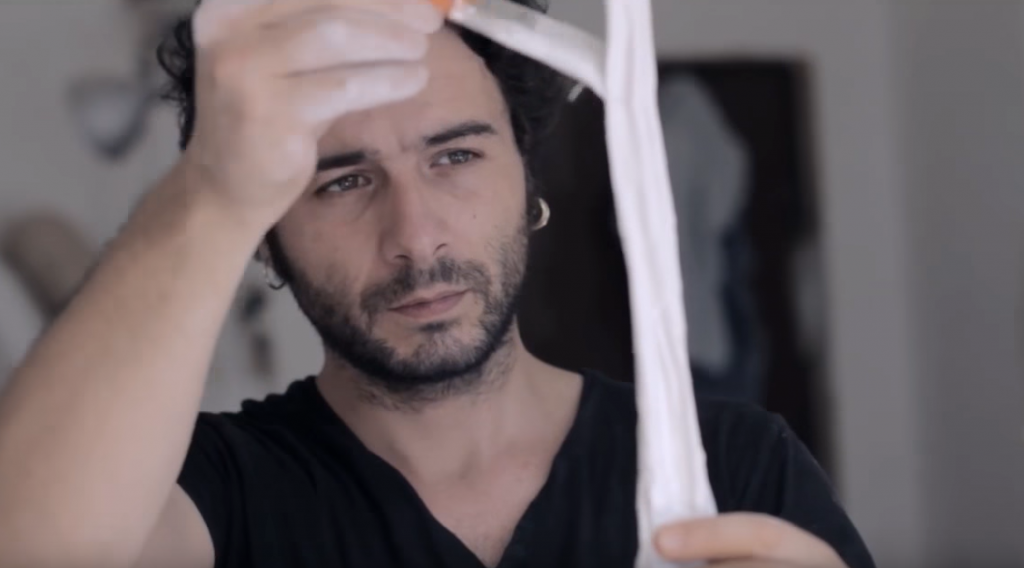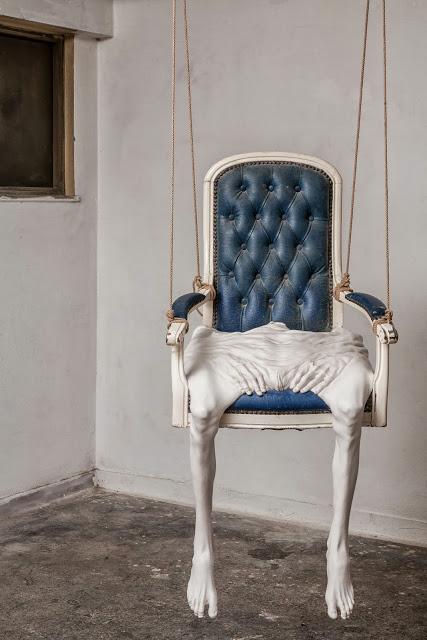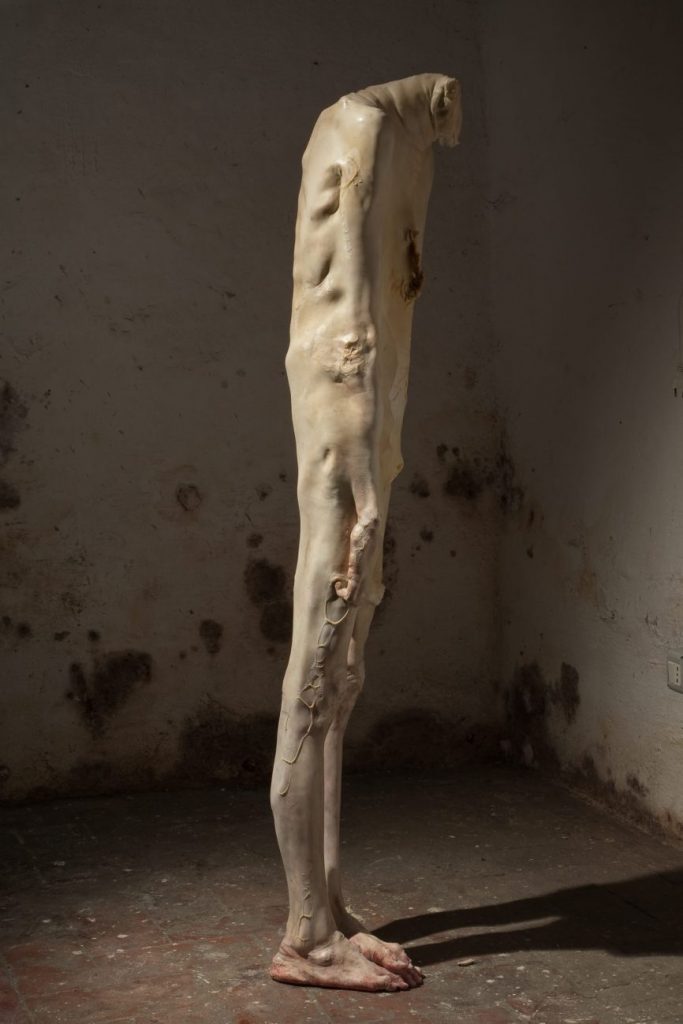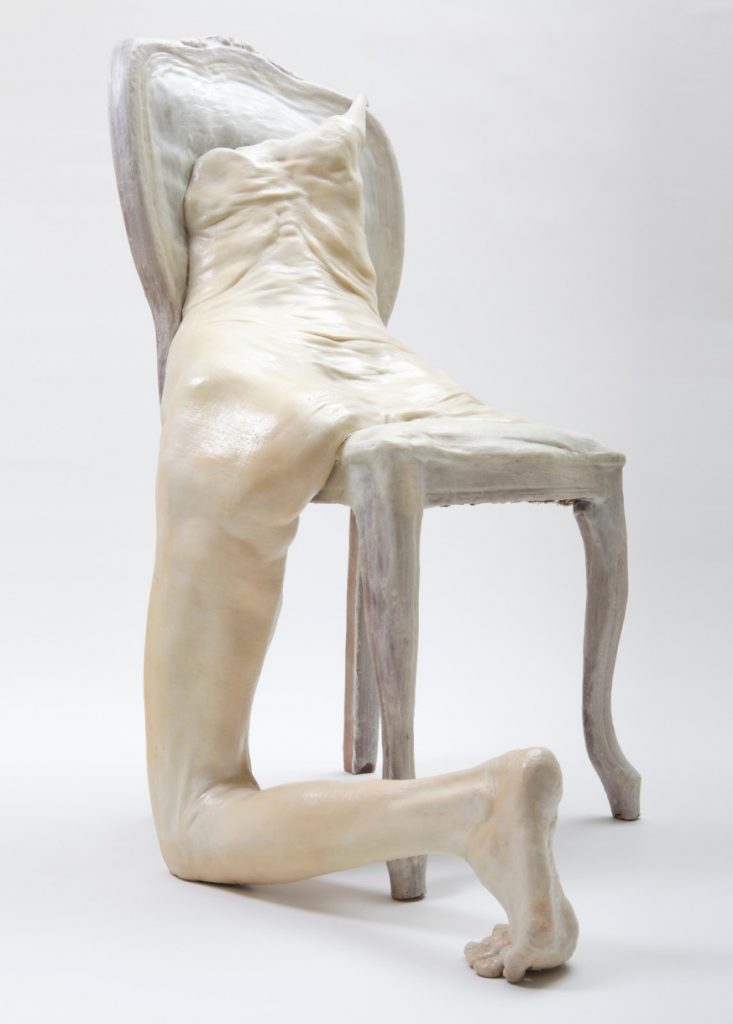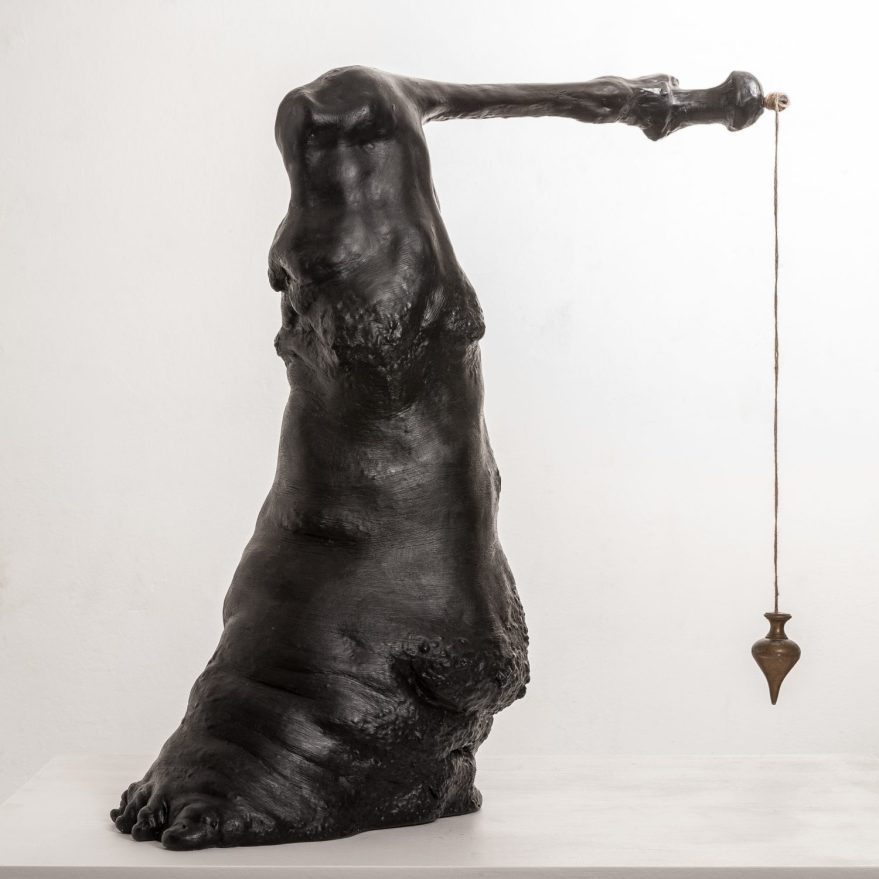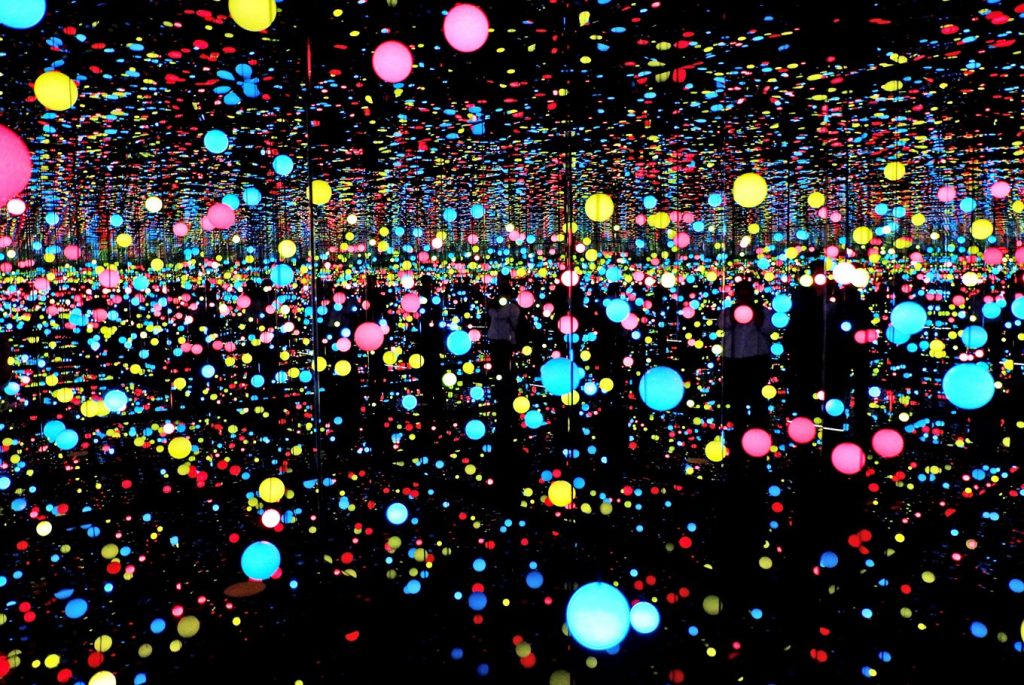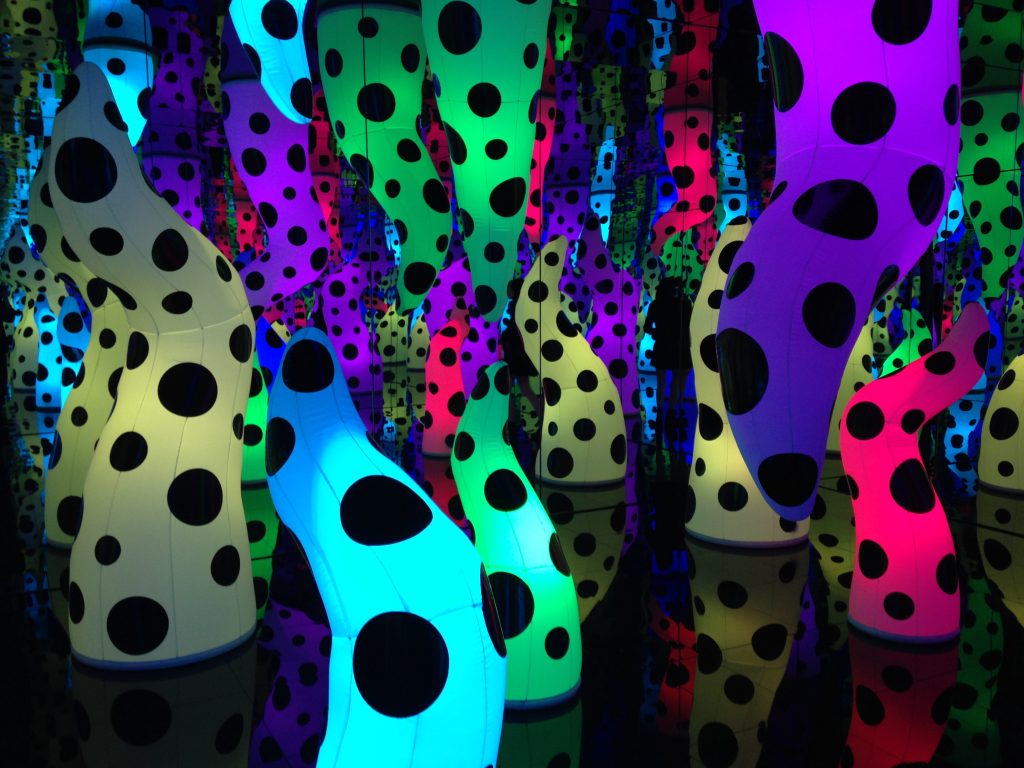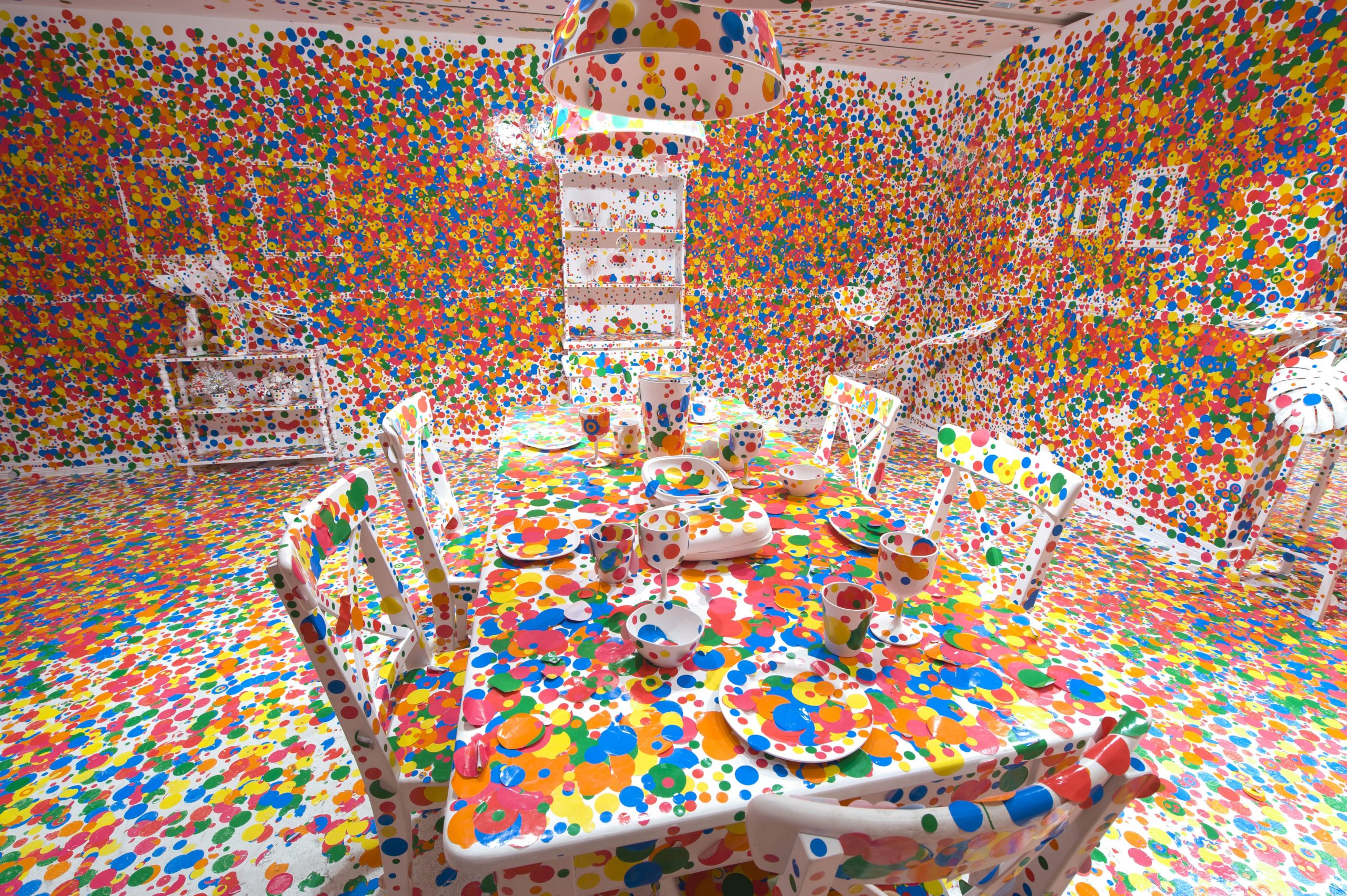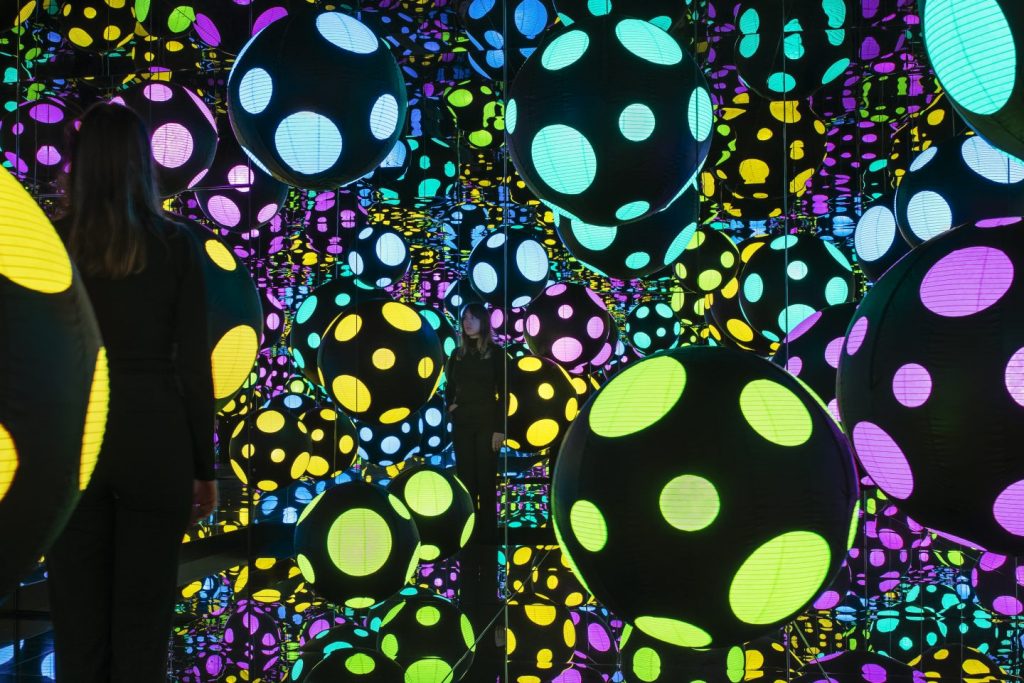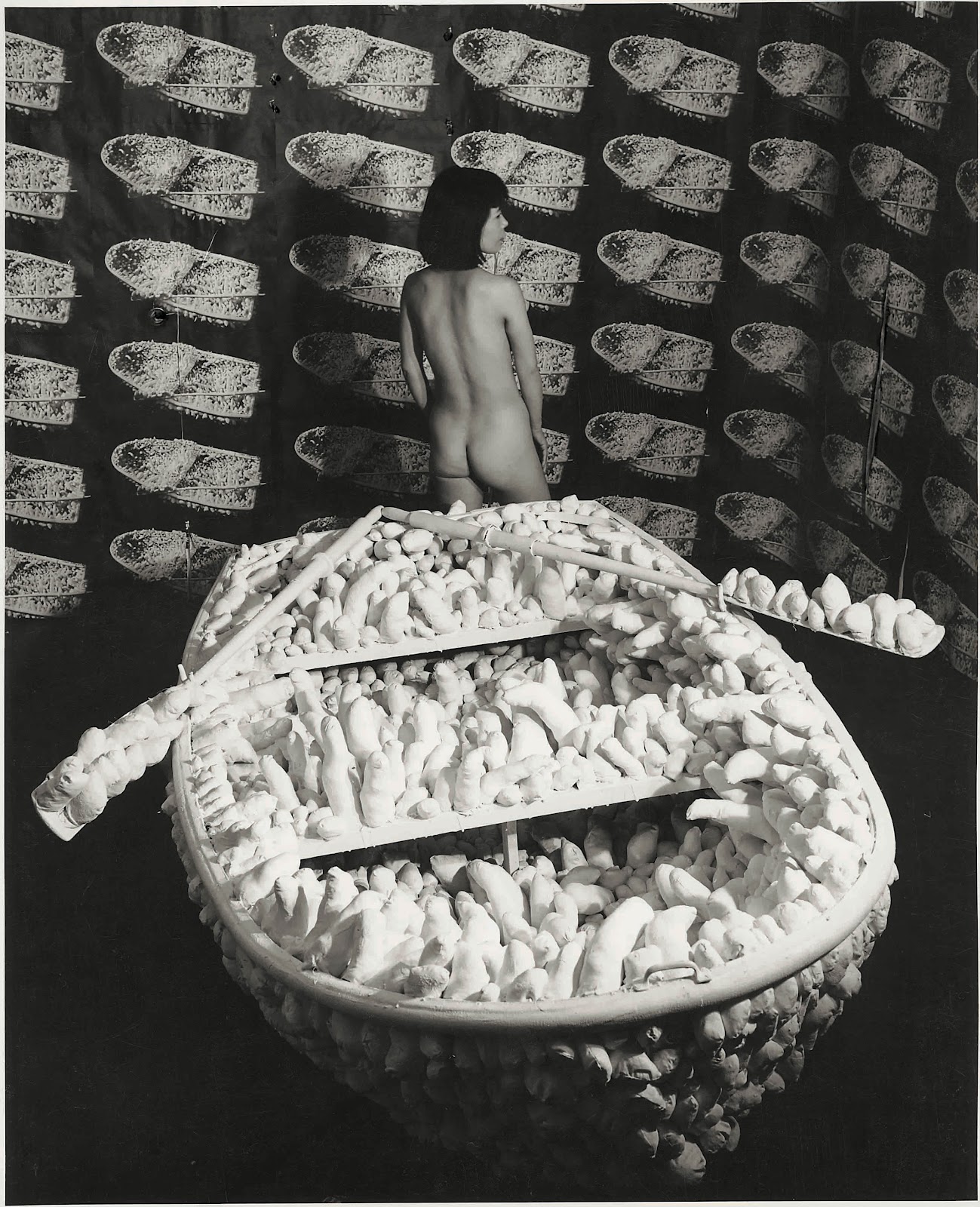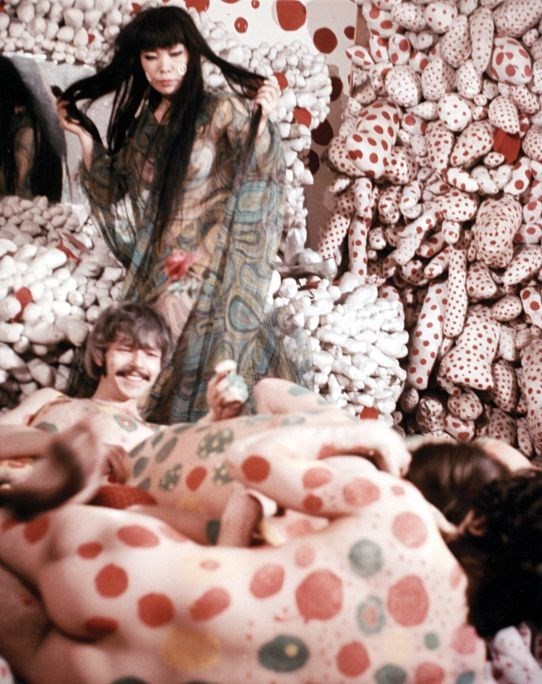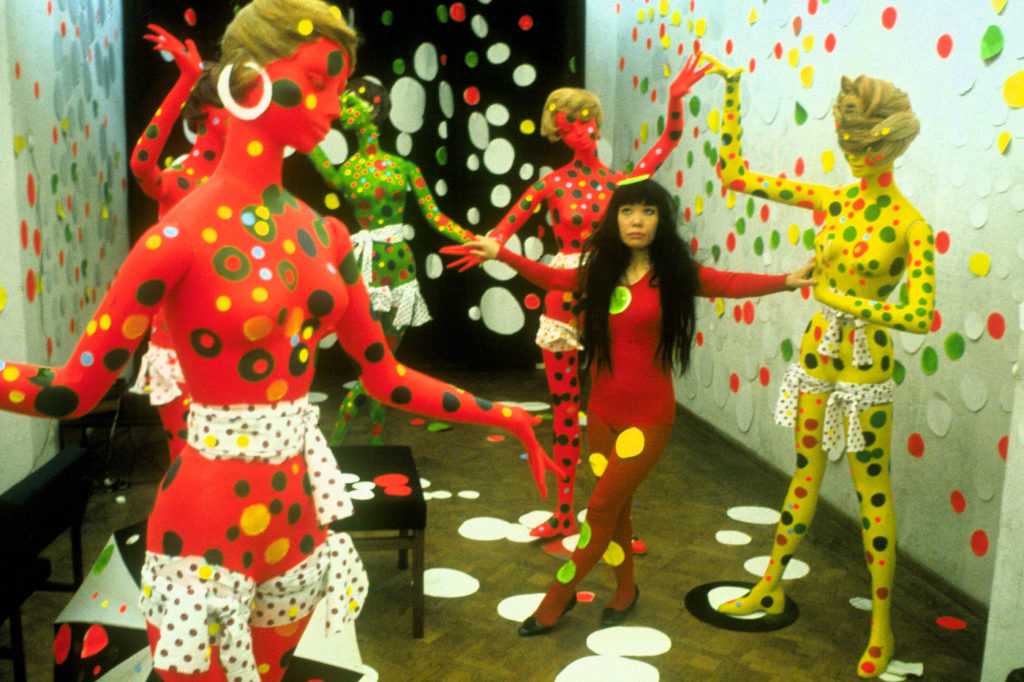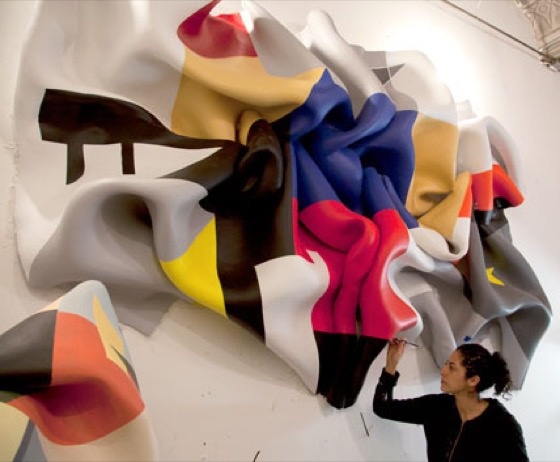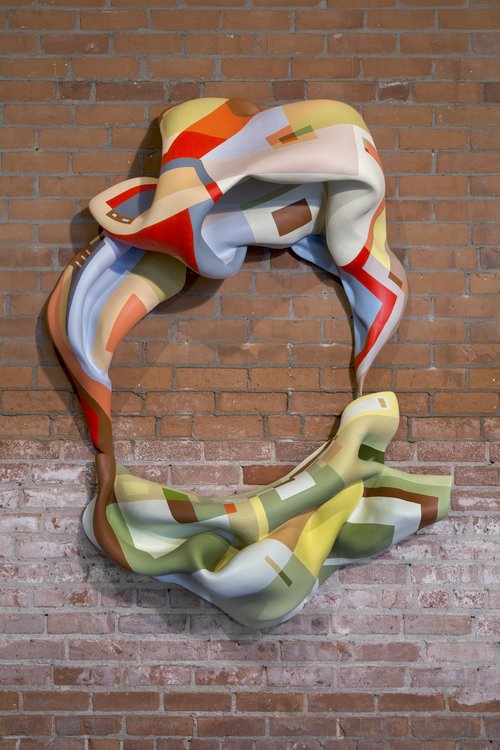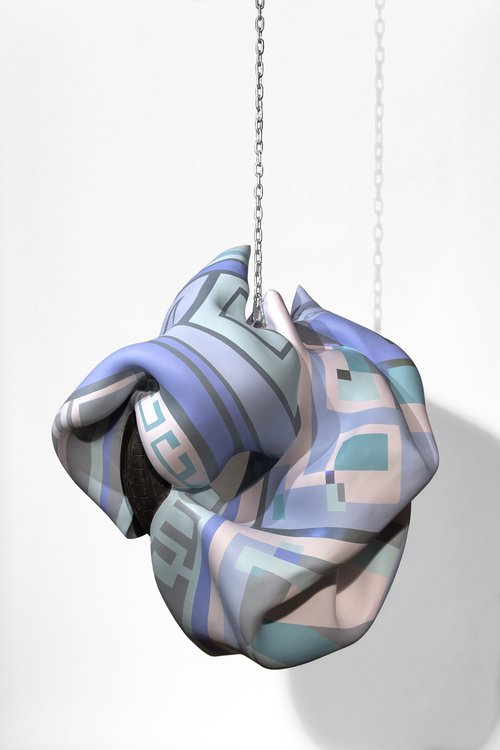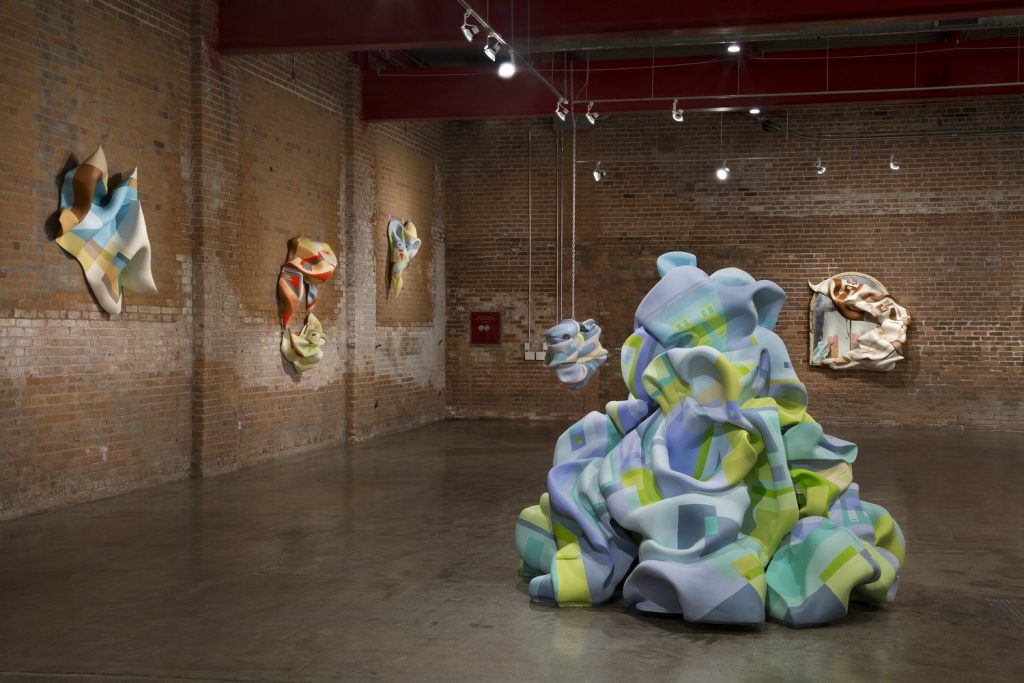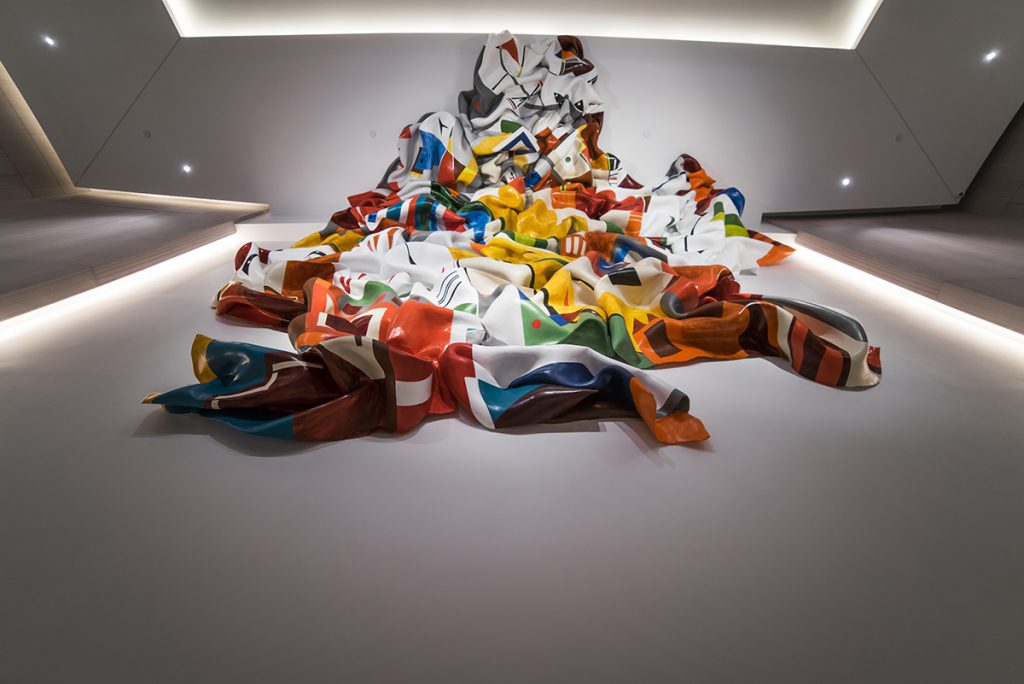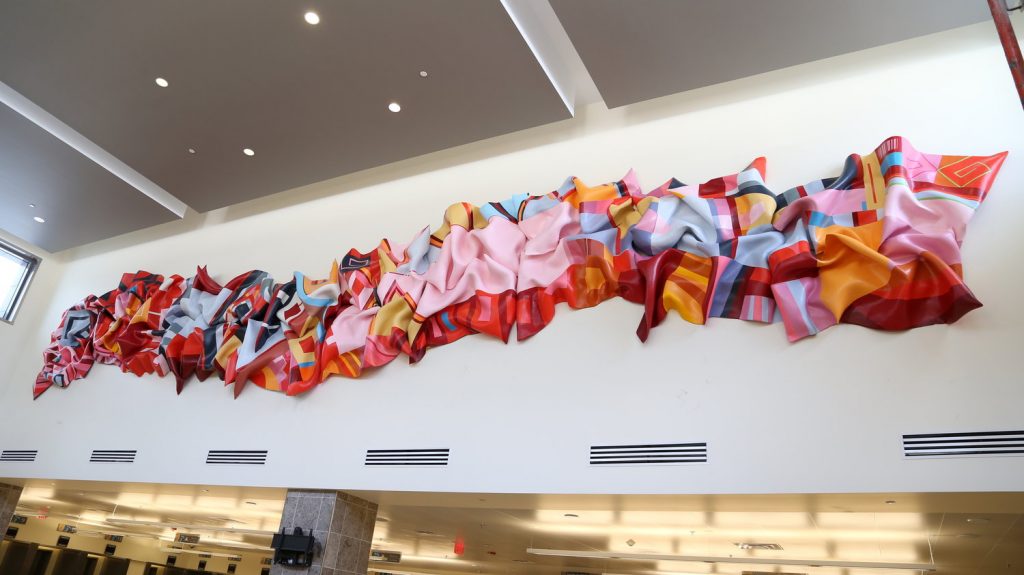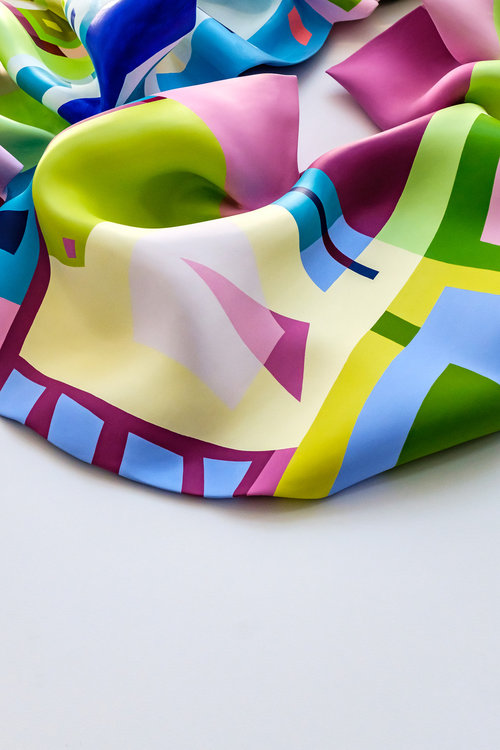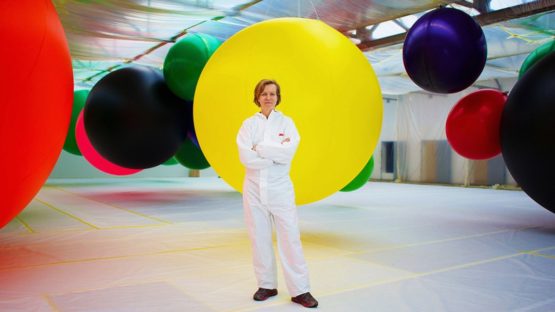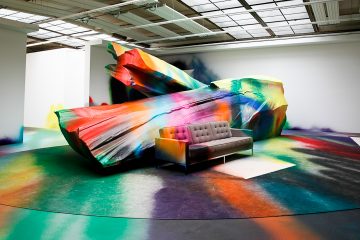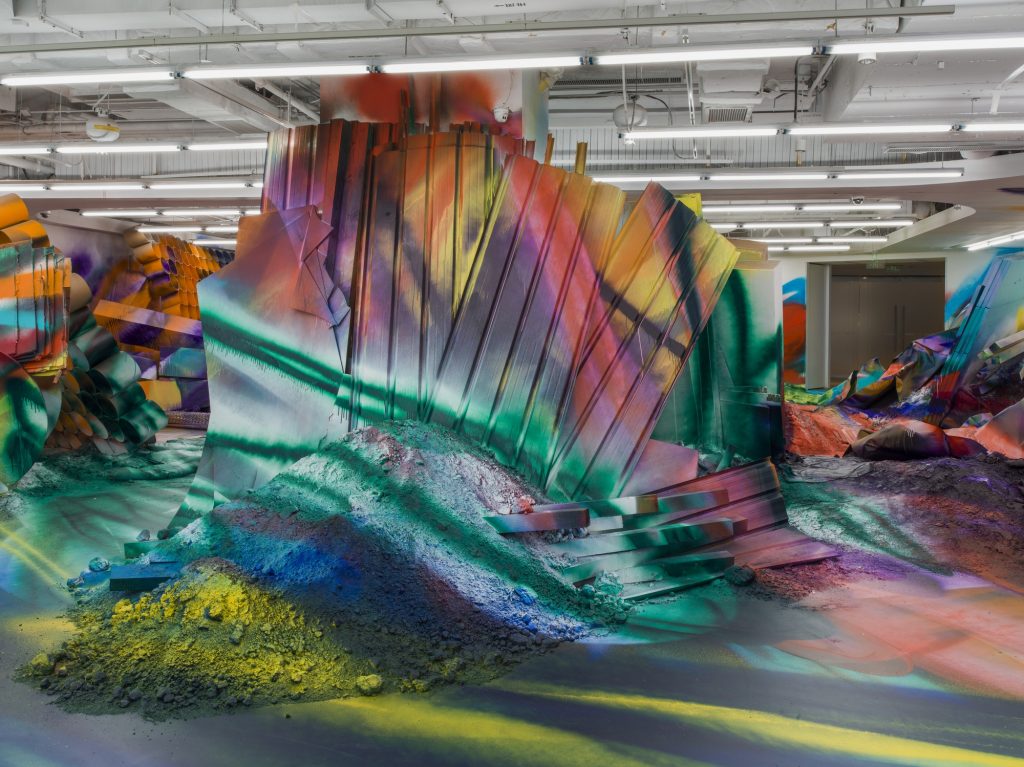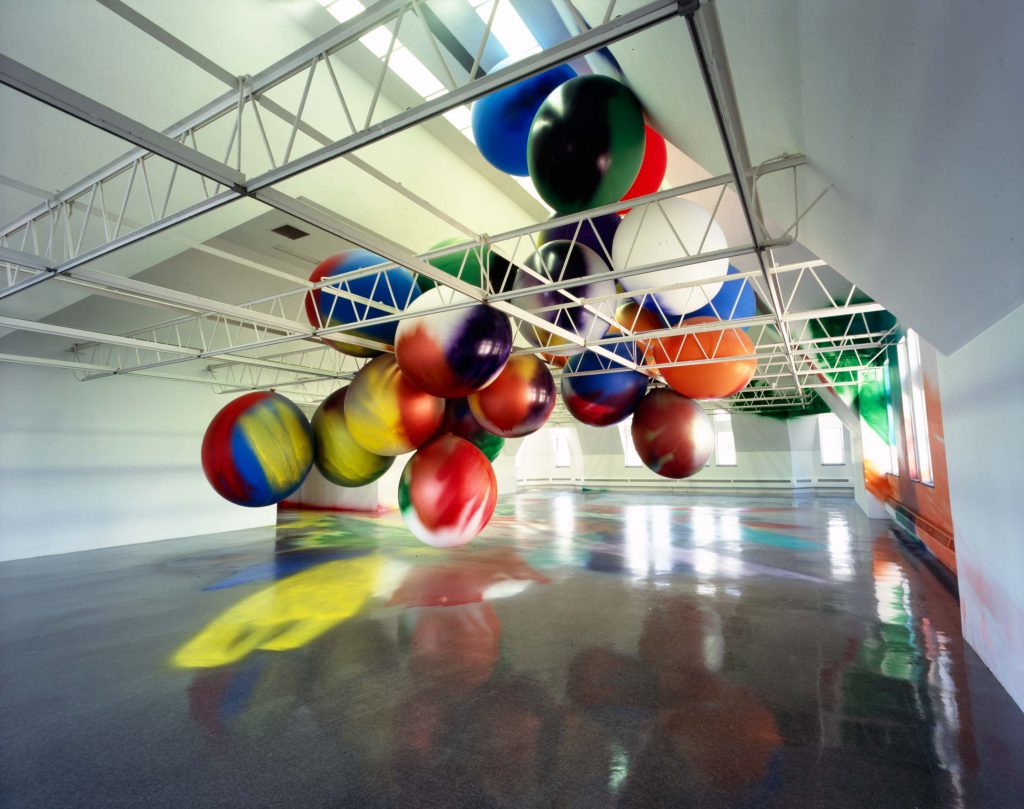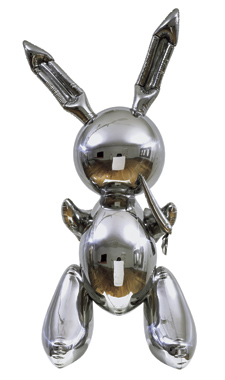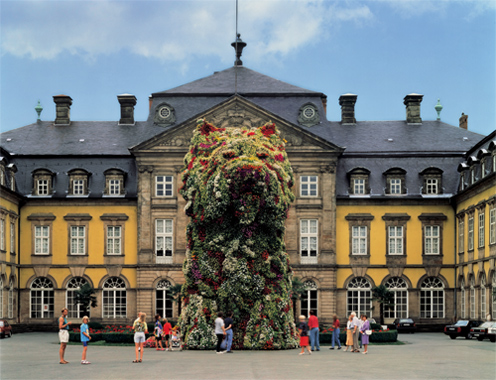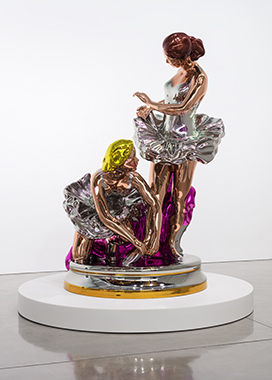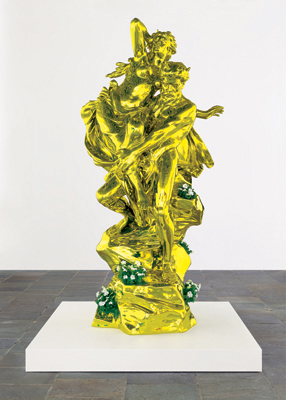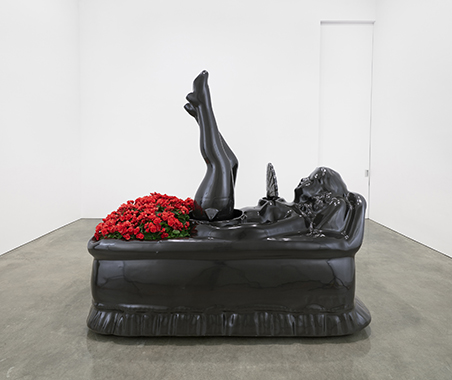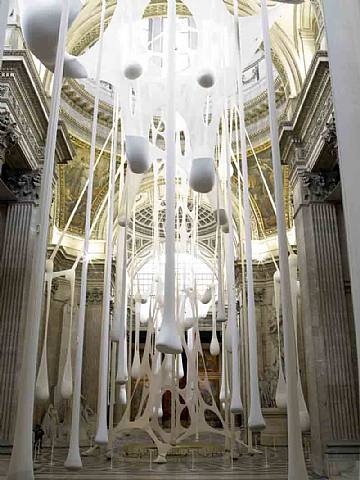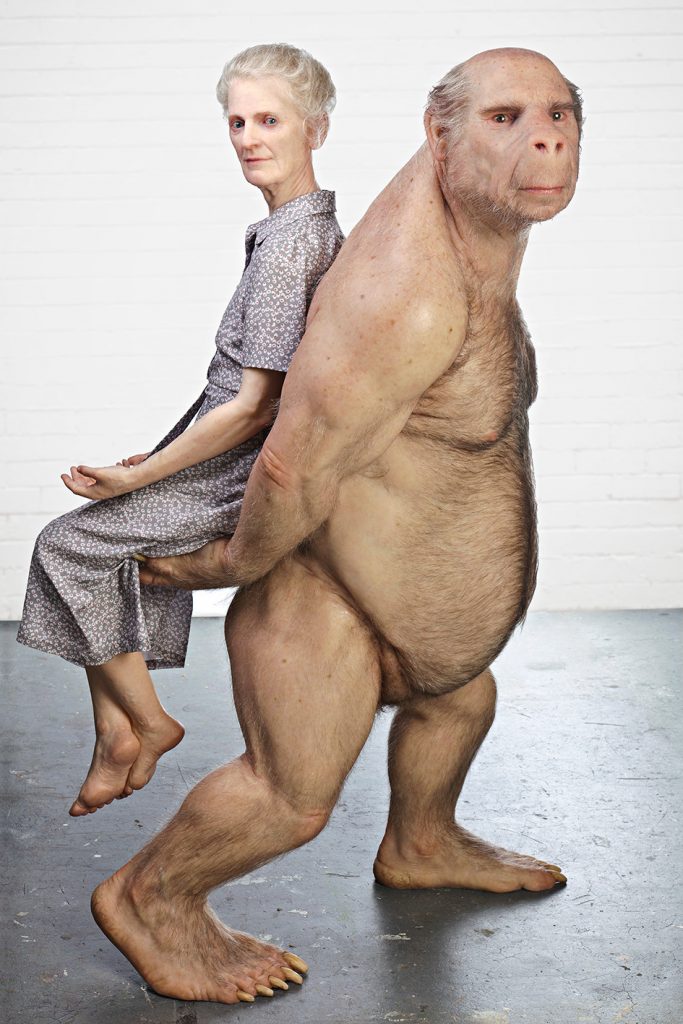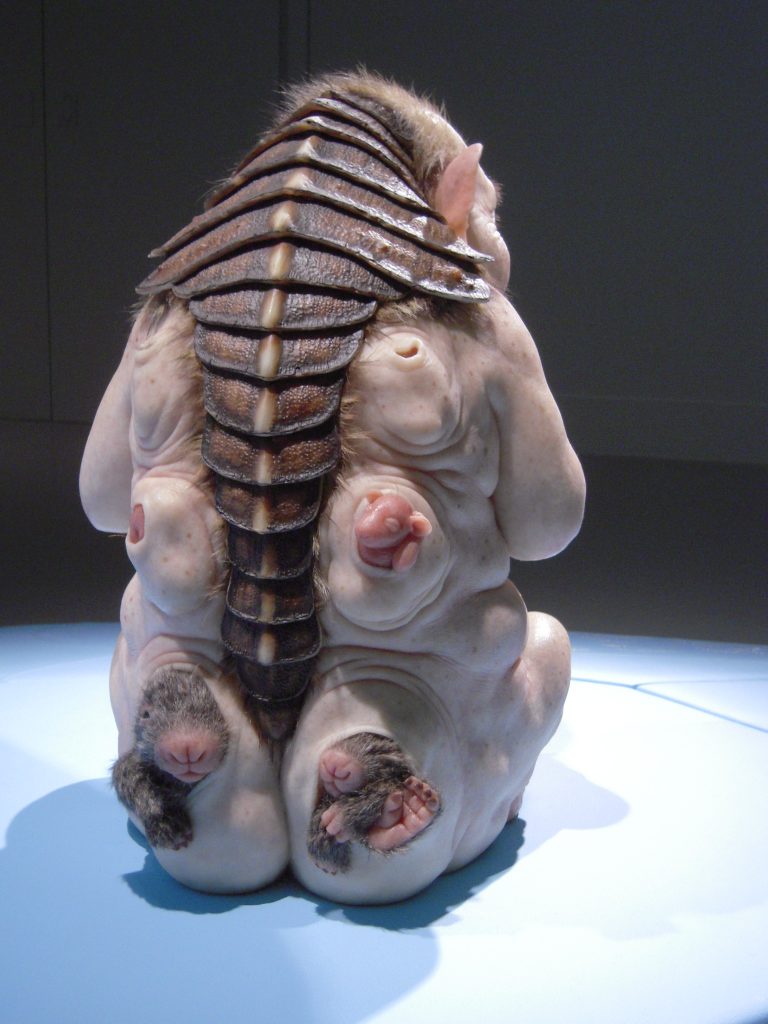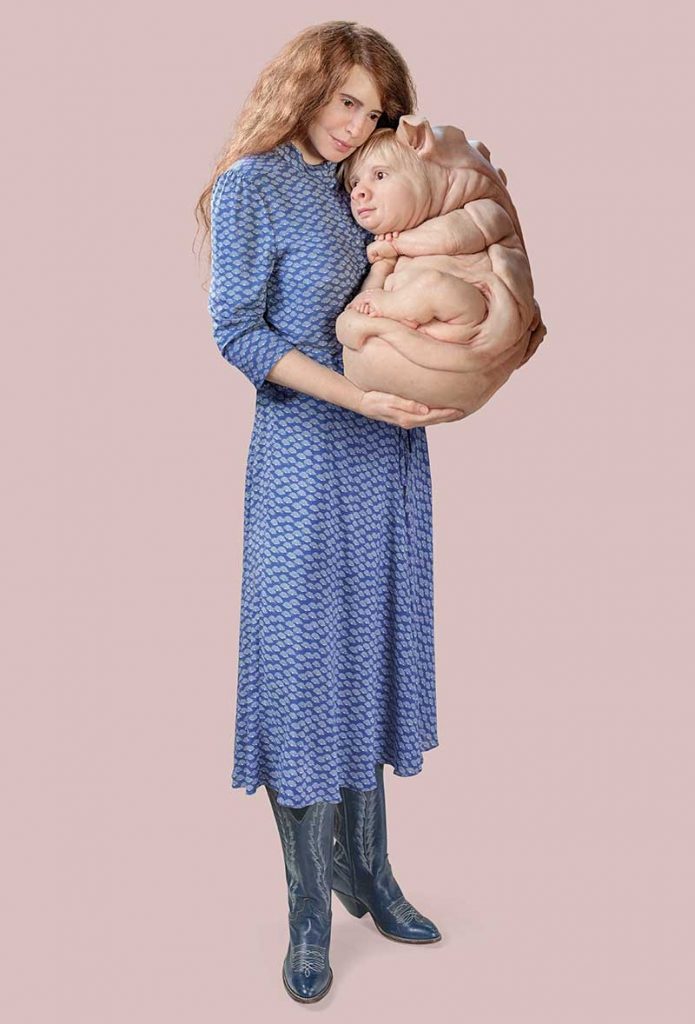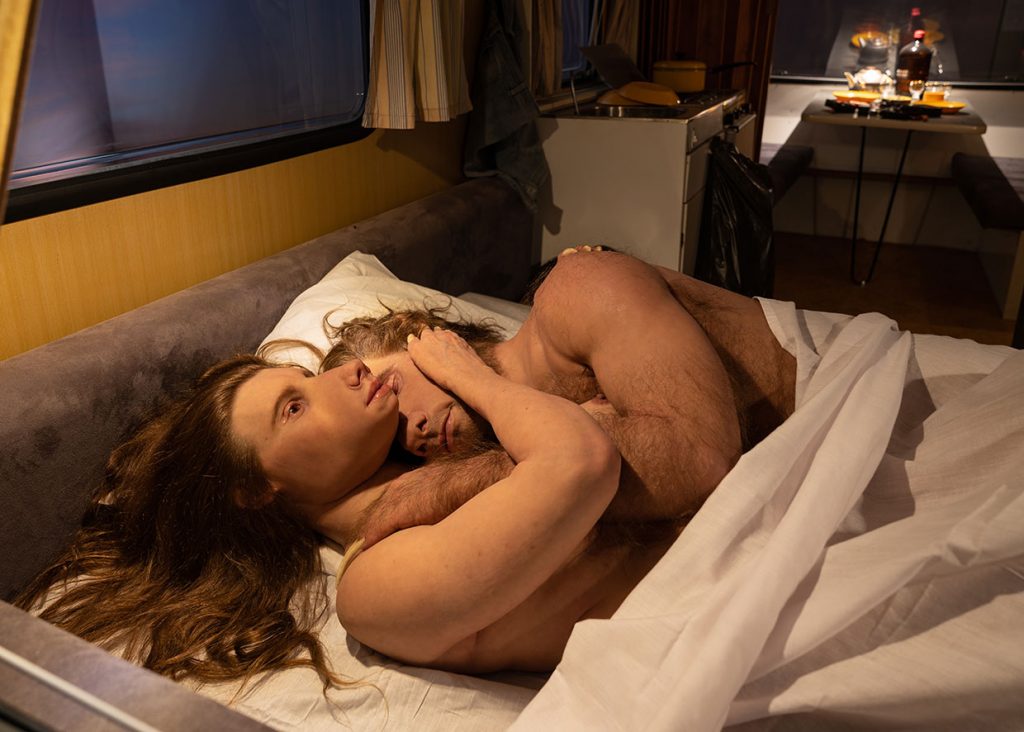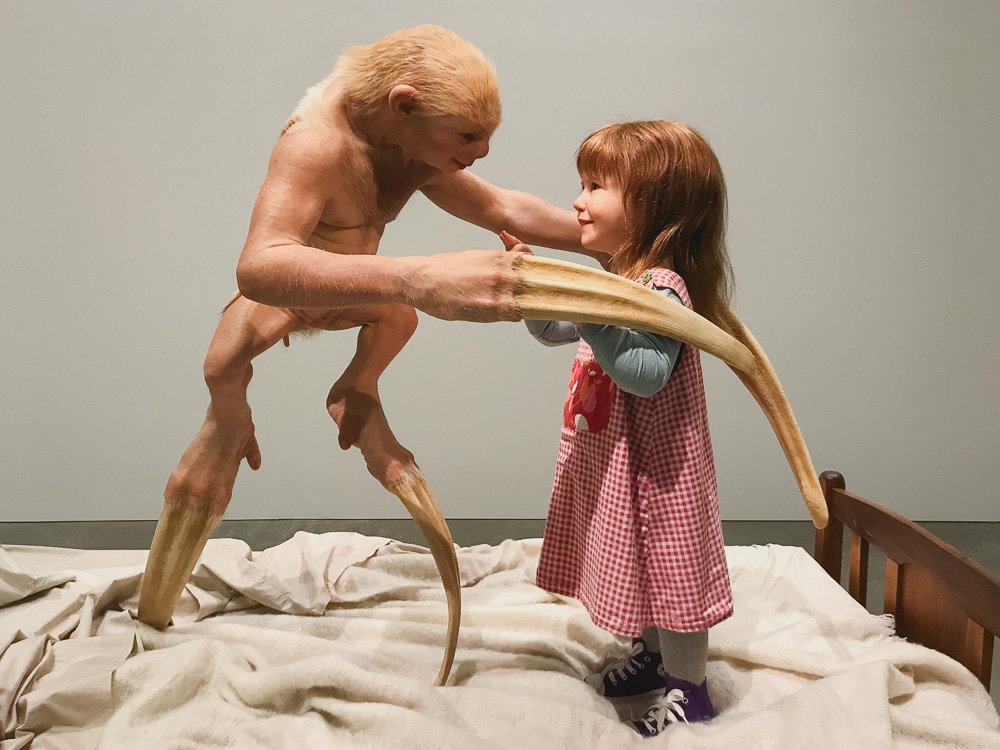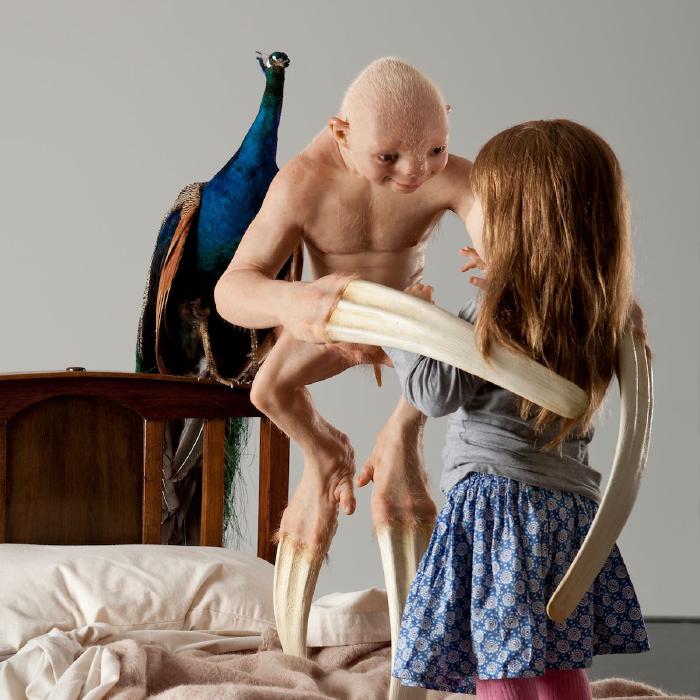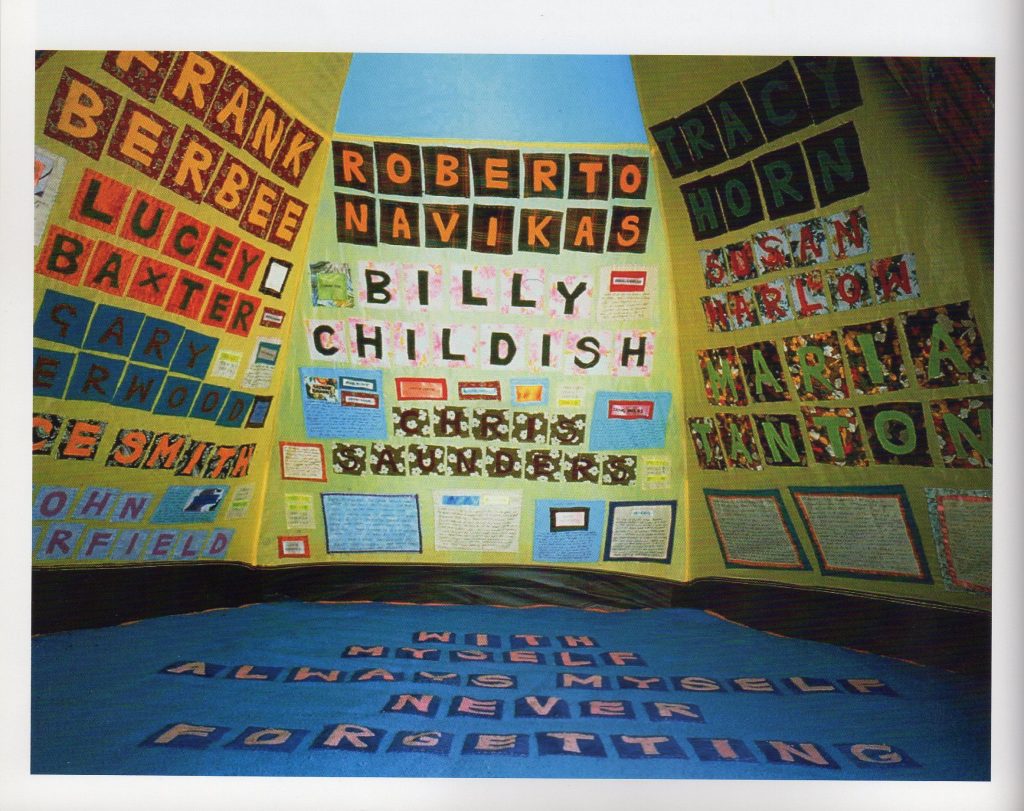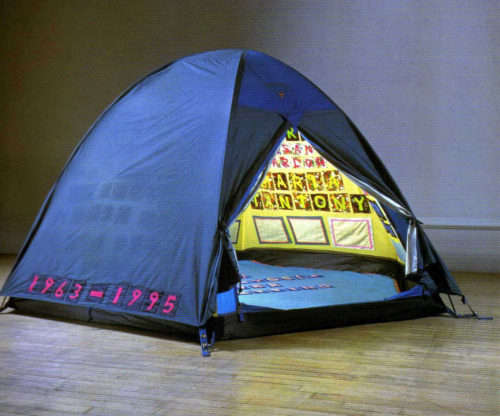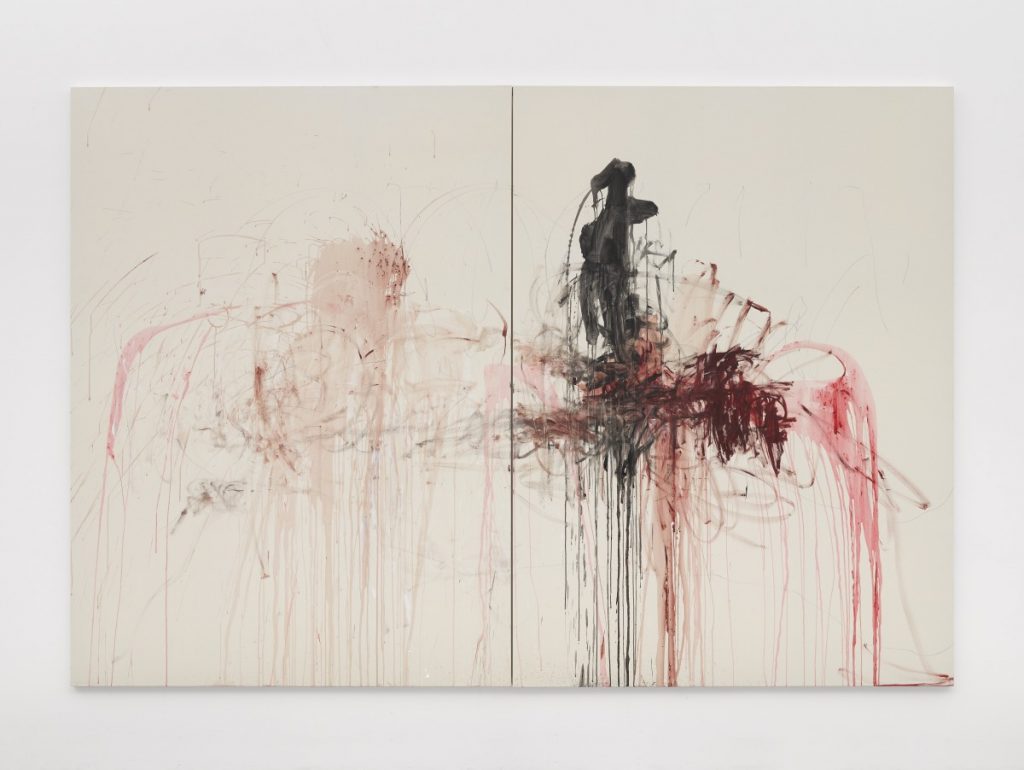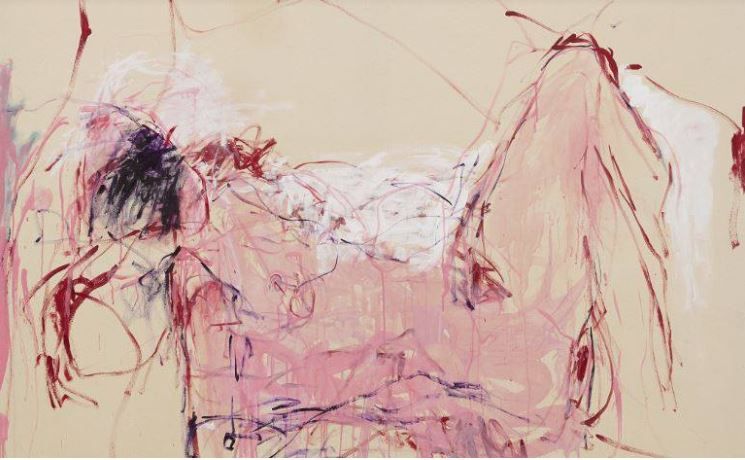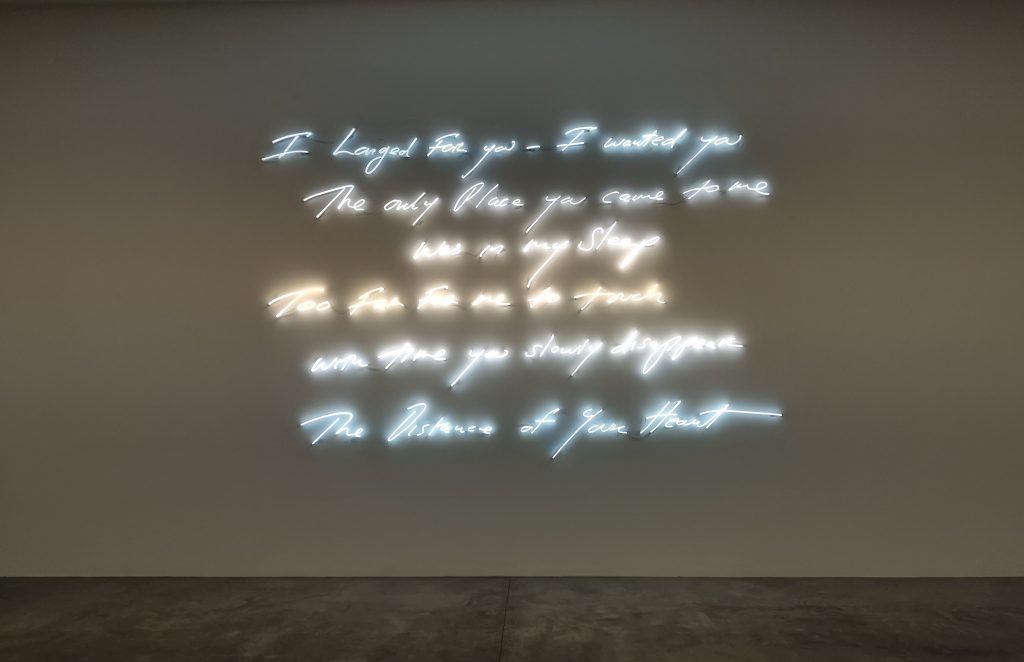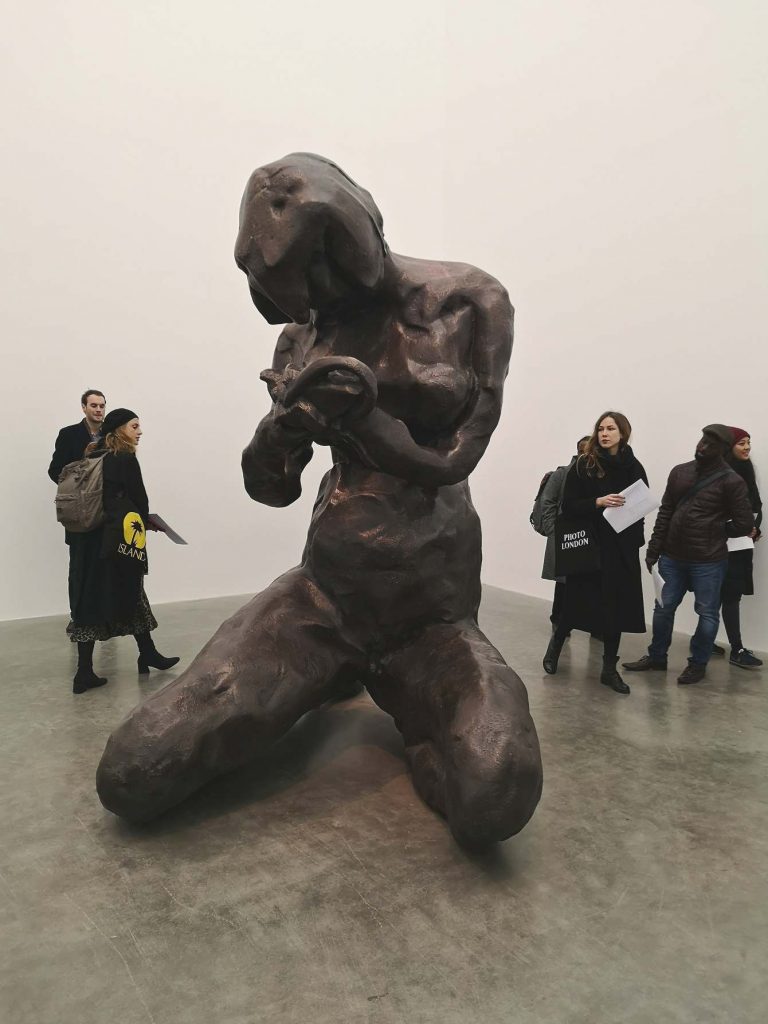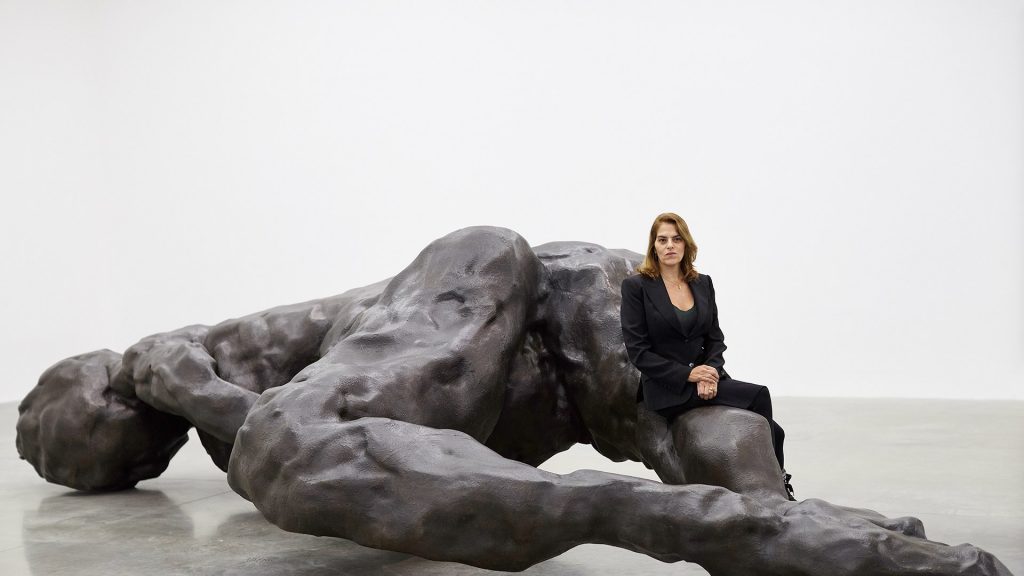Tara Donovan is an american sculpture from Queens, New York who specializes in monotonous hand-crafted sculptures that use unnatural items created by man to express in an abstract way how nature grows. By closely studying the materials she obtains, Donovan muses how each individual item can be expressed in ways outside of its given purpose. In her artwork, Donovan uses items such as Scotch tape, mini golf pencils, toothpicks, drinking straws, slinkys, and Styrofoam cups to create her earthly masses.
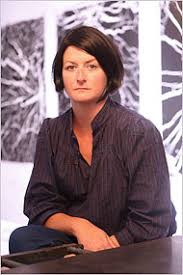
Donovan received her Bachelors of Fine Arts degree from the Corcoran of Art and Design in Washington D.C. and her Masters of Fine Arts from Virginia Commonwealth University (“ArtNet: Tara Donovan” 2020). Donovan’s work has gained her praise, recognition, and awards; she has received the Alexander Calder Foundation’s first annual Calder Prize, and the MacArthur Fellowship, and has had her work shown in the Pace Gallery in New York, the Hammer Museum in Los Angeles, the Museum of Contemporary Art in San Diego, and the Institute of Contemporary Art in Boston (“ArtNet: Tara Donovan” 2020).
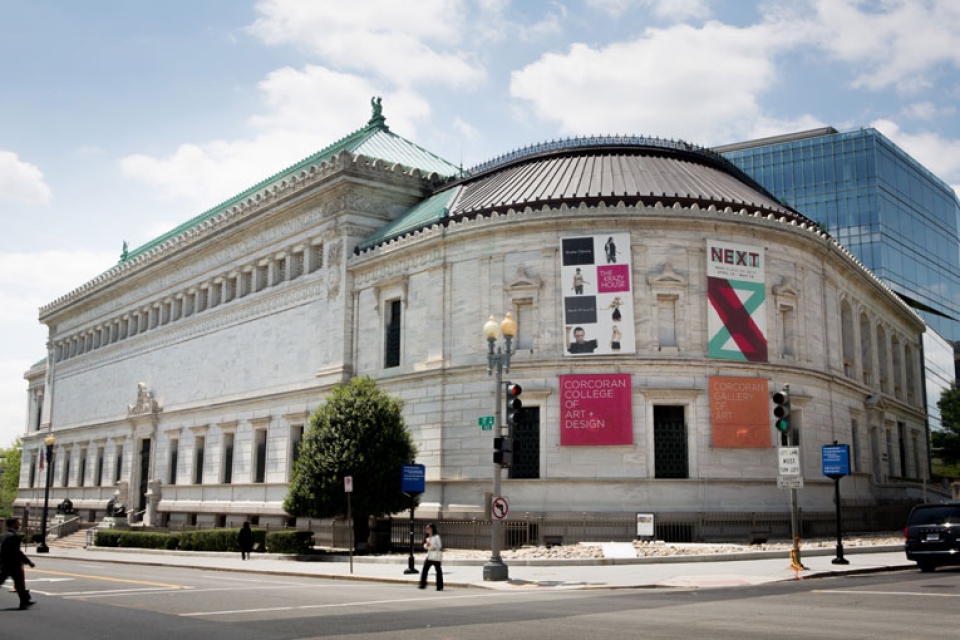
Donovan’s sculptures, which are specifically site specific sculptures, use day-to-day items to mimic what it’s natural counterpart would appear as in nature. For one example, Donovan recreated a beehive by attaching many Styrofoam cups together.

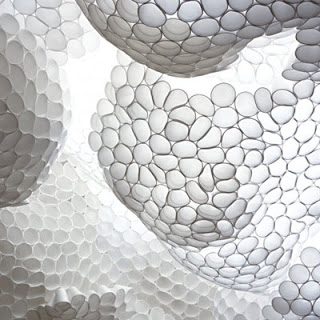
In an interview with New York Times, Donovan states, “I think of my process almost as a re-manufacturing of a manufactured material, and I think that it’s inevitable that what results goes back to nature. I never have a set idea in mind of what an overall composition will look like; it really grows out of a doing and making and a sense of play and an idea of chance.” Examples of the “re-manufacturing of a manufactured material,” are shown below:
This sculpture used styrene plastic cards.
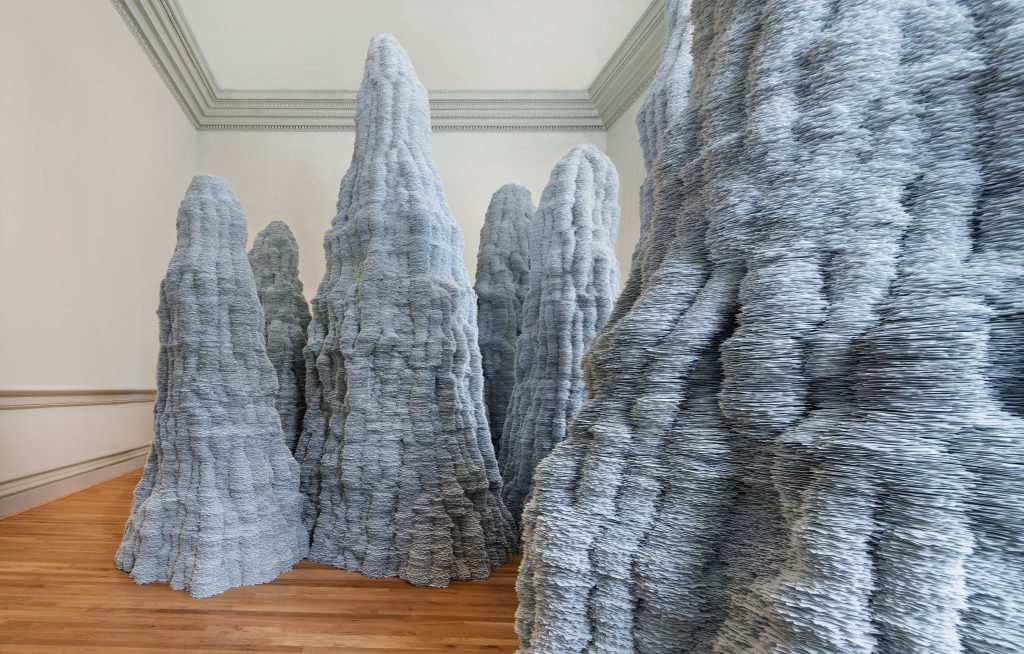
This sculpture used circular cut Mylar that was folded into cones then formed into a sphere. The Mylar causes the light do reflect different shades of white, silver, and black.

This installation used slinkys!
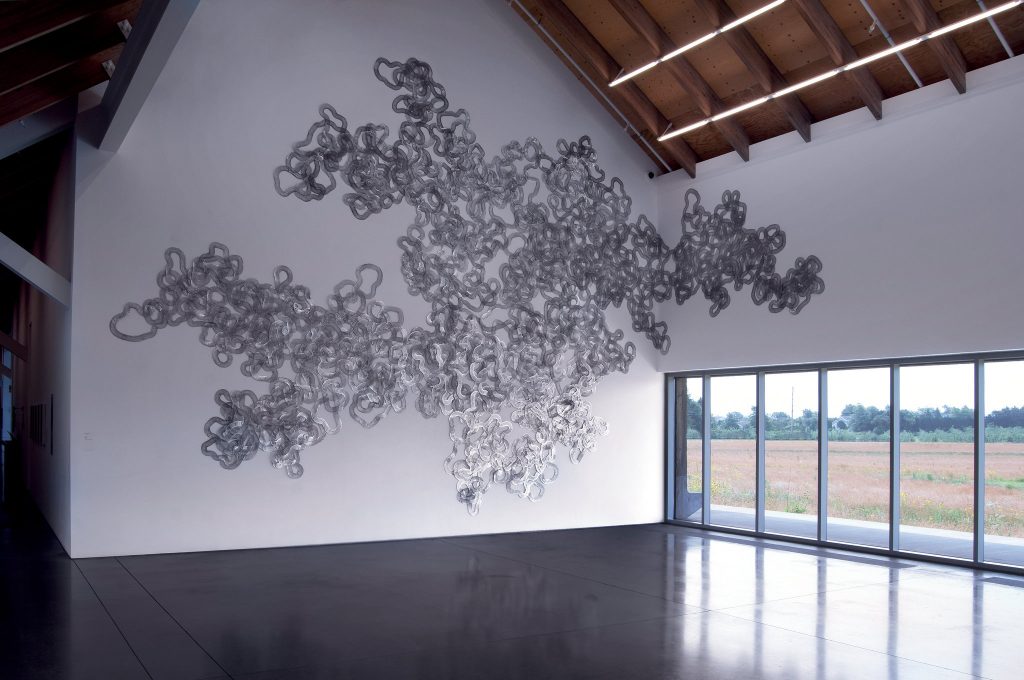
Works Cited
“Tara Donovan, A sculpture Who Finds Beauty in the Mundane.” The New York TImes. Accessed 31 March 2020. https://www.nytimes.com/2018/09/20/books/tara-donovan-fieldwork.html
“Tara Donovan – artnet.” artnet. Accessed 31 March 2020. http://www.artnet.com/artists/tara-donovan/
